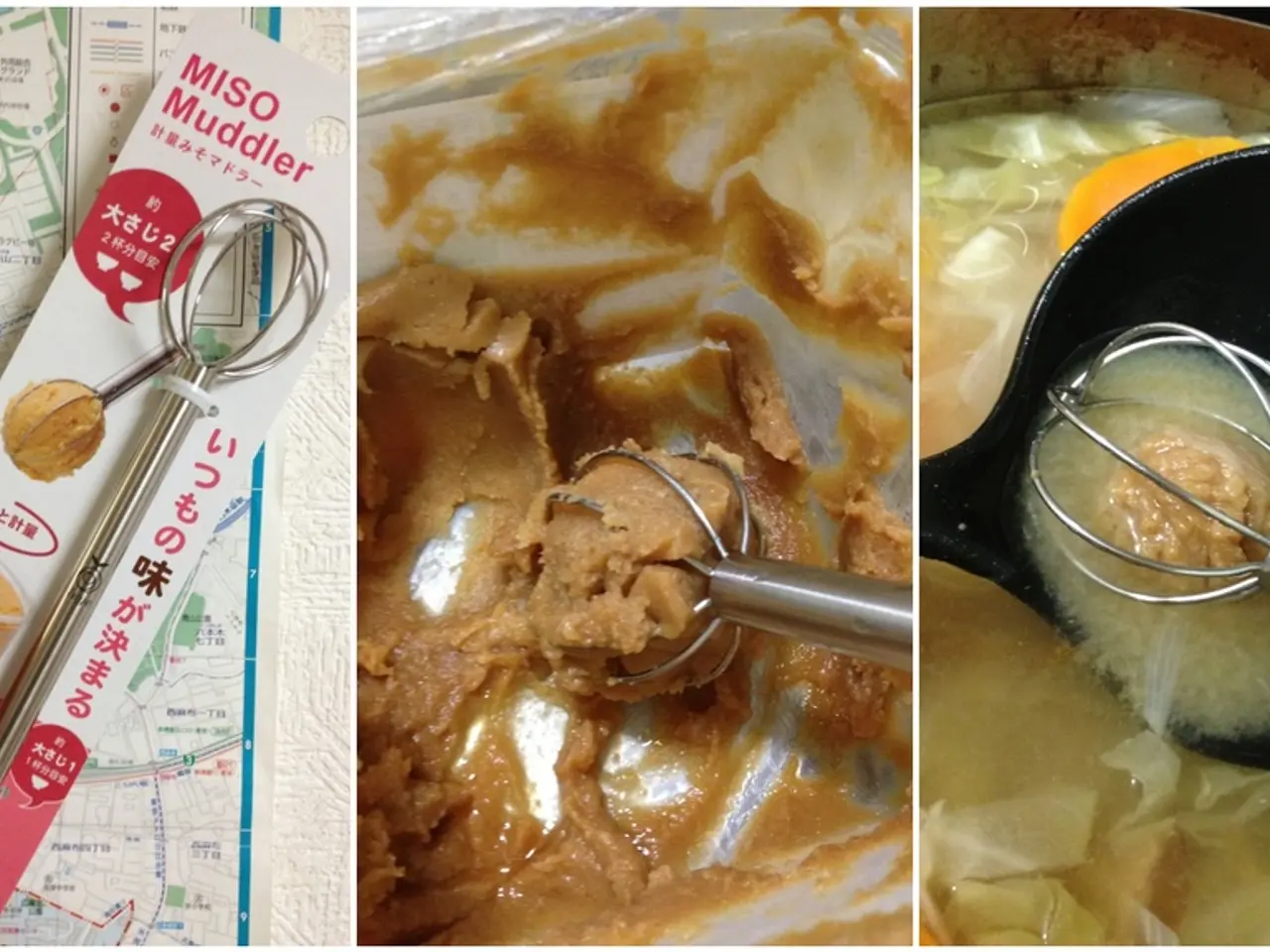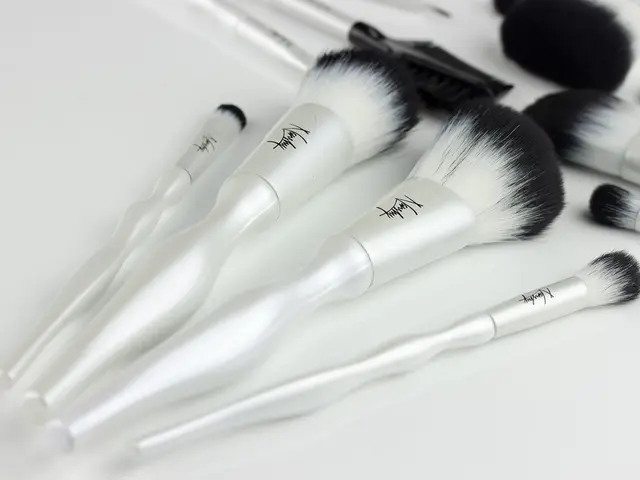Questions about the safety of non-stick frying pans? Experts disclose crucial info to ensure secure usage of these cooking tools.
PTFE (Polytetrafluoroethylene), commonly known as Teflon, is a synthetic polymer widely used in non-stick coatings for cookware. While offering convenience in cooking, PTFE-based cookware poses potential health risks, particularly when misused or degraded.
#### Key Health Risks:
1. **Exposure to PFAS and PFOA**: - **PFAS (Per- and Polyfluoroalkyl Substances)**: These chemicals, including PFOA, have been linked to various health issues such as cancer, liver and kidney damage, and reproductive problems[1][2][3]. - **Regrettable Substitution**: Even if labeled "PFOA-free," some non-stick pans contain other PFAS compounds, which may pose similar risks due to inadequate regulation and study[2][3].
2. **Heat-Induced Emissions**: - **Polymer Fume Fever (Teflon Flu)**: When heated above 500°F, PTFE coatings can degrade and release toxic fumes, leading to flu-like symptoms in humans and potentially fatal effects on birds[3][4]. - **Off-gassing**: Overheating can cause off-gassing, releasing particles that may contribute to long-term health issues[2][4].
3. **Microplastic and Nanoplastic Release**: - A study suggests that scratches on non-stick pans can lead to the release of microplastics and nanoplastics, which can potentially contaminate food[1].
4. **Scratches and Wear**: - Scratched or worn-out non-stick pans can expose underlying metals, which may leach into food, introducing heavy metals like aluminum or copper[4].
#### Safety Precautions: - Use PTFE-based cookware at moderate temperatures. - Avoid overheating or using empty pans. - Regularly inspect for scratches and wear.
#### Alternatives: - Consider non-toxic alternatives like cast iron, stainless steel, or ceramic cookware for safer cooking options[4]. - PFAS can leach into food or produce harmful fumes when cooking at high temperatures or after the coating is scratched or chipped. - PFAS are incredibly long-lasting and can take as long as 1,000 years to decompose naturally. - Do not wash non-stick pans in the dishwasher or clean them with abrasive scouring pads or steel wool. - To determine if a non-stick frying pan is safe to use, examine the coating for deep scratches, flaking, or peeling and replace the pan if necessary. - Cast iron, when seasoned well, can be non-stick and has great heat retention. - Always cook on a low to medium heat to minimize risk when using non-stick pans. - Overheating a non-stick pan can cause 'Teflon flu', a condition that results in respiratory issues, coughs, chills, fevers, and headaches due to inhaling fumes produced by PTFE as it breaks down due to excessive heating. - It's important to know what type of non-stick coating your pans use, especially if they are older than 2010. - Studies by the EFSA (European Food Safety Authority) and the FDA (U.S. Food and Drug Administration) confirm that PTFE is chemically stable and inert at normal cooking temperatures. - It's important to consider the environmental cost of the industrial production of PTFE-based non-stick pans when deciding on alternatives. - Some non-stick frying pans contain 'forever chemicals' or PFAS (poly- and perfluoroalkyl substances). - Definitions of PFAS-free non-stick coatings vary across the industry and there's little in the way of standardised definitions. - Many alternatives to non-stick cookware exist, such as PFAS-free non-stick coatings, cast iron, carbon steel, stainless steel, and ceramic coated cookware. - Stainless steel is highly durable and long-lasting, but food will stick at lower temperatures. Oil and high temperature are essential for cooking with stainless steel. - If unsure about a brand, contact them and ask about their PFAS-free claims. - Harmful PFAS can end up in the environment from industrial processes, contaminating lakes, streams, groundwater, and soil.
Sources: [1] https://www.ncbi.nlm.nih.gov/pmc/articles/PMC6219899/ [2] https://www.ncbi.nlm.nih.gov/pmc/articles/PMC5720327/ [3] https://www.ncbi.nlm.nih.gov/pmc/articles/PMC6445603/ [4] https://www.ncbi.nlm.nih.gov/pmc/articles/PMC6130010/
- For a healthier and safer lifestyle, consider alternatives to PTFE-based cookware such as cast iron, stainless steel, or ceramic cookware in the realm of fitness-and-exercise and food-and-drink.
- In the pursuit of skin-care and wellness, be mindful of the potential health risks associated with PFAS and PFOA substances found in non-stick cookware, which may lead to various health issues like cancer, liver damage, and reproductive problems.
- When engaging in cooking and nutrition, practice precautions like using PTFE-based cookware at moderate temperatures, avoiding overheating, and regularly inspecting for scratches and wear to minimize health risks and maintain a health-and-wellness-focused lifestyle.
- In the realm of home-and-garden and health-and-wellness, ensure your cookware is safe by examining the coating for deep scratches, flaking, or peeling, and opt for PFAS-free alternatives whenever possible for a more sustainable and eco-friendly lifestyle.




